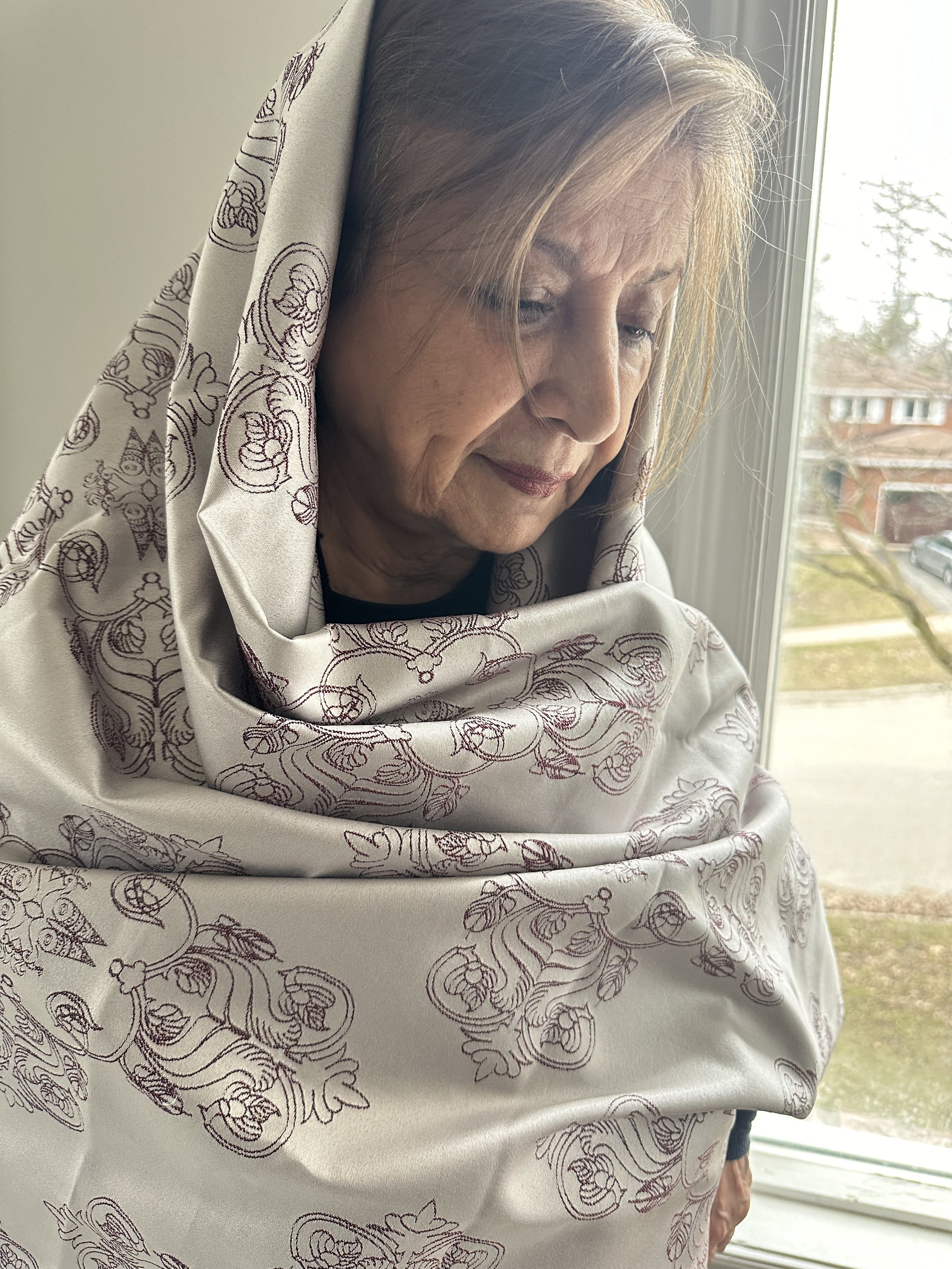TEXTILES
Abstract
As the exportation of foreign cloths with cultural and tribal patterns to their places of origin continues to rise, there is a growing concern that the intricate and beautiful patterns of our ancestors, which have long captured the attention of other nations, may be overlooked. Thus, this research aims to revive and preserve the original Persian culture and art through the exploration and revitalization of cloth patterns.
Upon examining the development process of Sassanid and Seljuk pattern design, it becomes apparent that each pattern's reliance on its predecessors from previous eras is subtly different, influenced by the brilliant background and rich patterns of those times. Consequently, this research is structured around the characteristics of Persian art in cloth pattern design, focusing on the Sassanid and Seljuk eras. Utilizing available design facilities, efforts have been made to update and redesign cloth patterns.
Indeed, the rejuvenation of traditional patterns alongside modern methods and decorative arrangements is crucial in today's artistic landscape. Recognizing cloth patterns in the golden era of Persian Civilization could serve as a precursor for contemporary domestic and export-oriented cloth designers, encouraging textile factories to embrace Persian patterns and fostering recognition of Persian art internationally.
My work begins by surveying pre-Islamic Persian weaving techniques and then delves into the early centuries of Persia's Islamic era up to the end of the Seljuk era (5th century).
In conclusion, it is important to note that this research methodology, emphasizing the application of various patterns in cloth weaving, has never been so prevalent. Indeed, this study represents the first step toward realizing this goal. Additionally, it is worth mentioning that this work is copyrighted and has been recorded at the National Library and Archive of Iran (2007).
Keywords: cloth patterns, Sassanid, Seljuks, application
PATTERNS ARE AVAILABLE FOR OFFICIAL LICENSING











